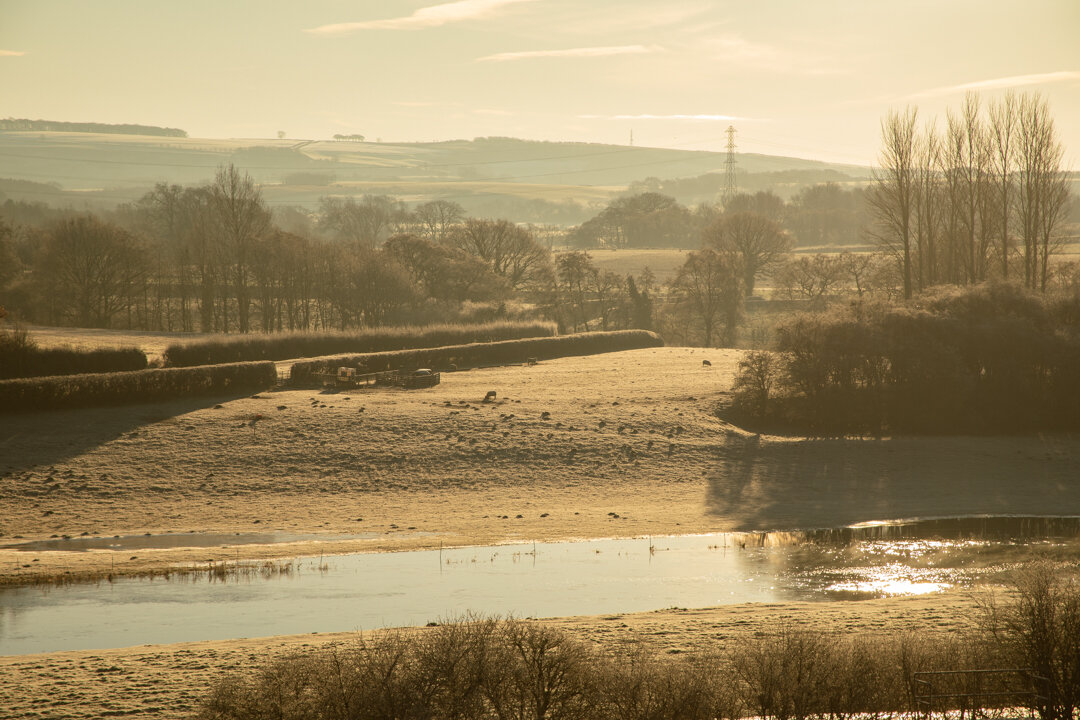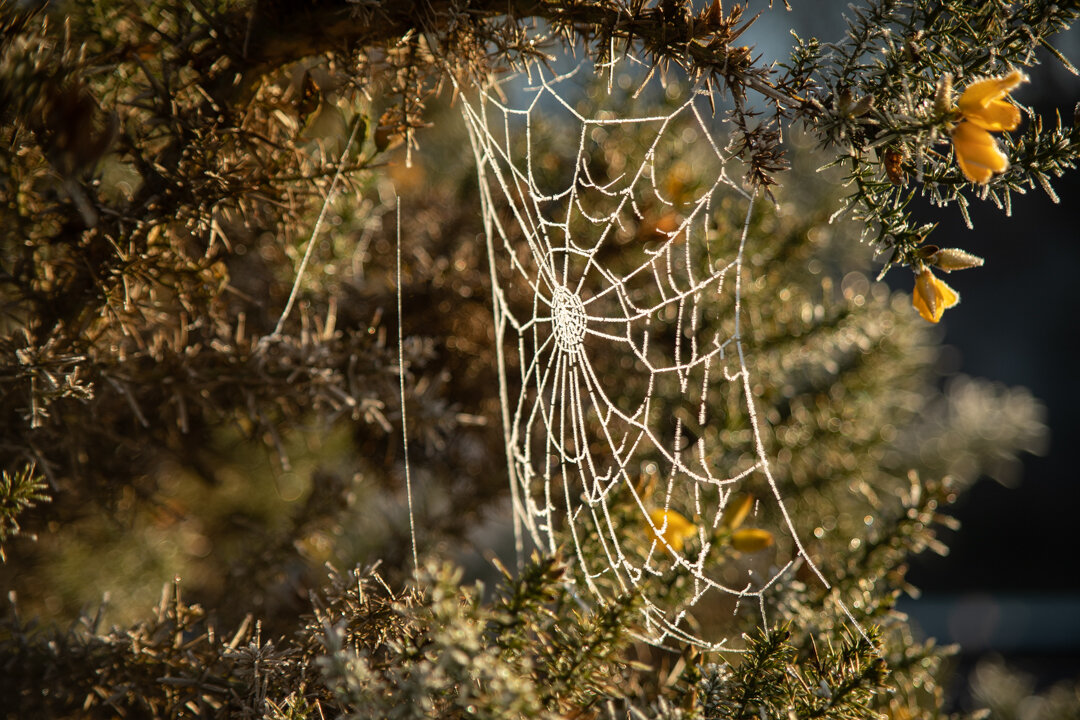Photographing the Colours of Winter
For many the ideal winter scene might be of us pulling back the curtains to reveal a magical wonderland covered in a glistening white blanket of snow. Maybe it’s nostalgia for the excitement of our childhoods when we would dash out to build snowmen, go sledging or have snowball fights with our siblings.
However, winter mornings like this are actually few and far between. The reality is often the opposite as we pull up the blinds to reveal steel-grey skies and low-hanging clouds, eclipsing much of the light from the rising sun.
But don’t give up if this is the image you are greeted with as you look out of your window. This time of year is often one of the best for capturing gorgeous atmospheric shots, even on those seemingly dull days.
I am invariably out first thing to take the dog for a walk. And more often than not, I am pleasantly surprised by what I find once I step out of the door. As we enter lockdown 2 or 3, however you look at it, we are all going to be staying much closer to home over the next few weeks. So it feels timely to write this post about appreciating what is on our doorstep and admiring the beauty that January can offer even on the dimmest days.
There is still so much to enjoy in the colours and textures that the less dramatic winter days bring. Even without snow or a morning frost, winter can provide beautiful lighting possibilities as the sun is so low in the sky throughout the day. I also find that winter has its own unique subtle colour palette.
Heading out on one of my regular dog walks on a misty morning recently, I stopped to admire the soft muted colours created by the low sun - the frosted grass and the texture of the rugged stone wall. Winter landscapes look particularly lovely in this light. Summer landscapes can be heavily dominated by the colour green, but on a foggy winter morning as the sun is still rising, this green is more of a pistachio shade than the leafy greens of summer. In some ways I think I prefer these pale winter colour tones to their more garish summer counterparts.
The trees too give the landscape a different feel. Although we often admire trees for their autumn colour or their lovely blossom, there is something quite dramatic about a tree in winter. Their structure, the shape of their branches and the way the environment has sculpted them become more apparent. A single tree can make a beautiful image silhouetted against the winter sky.
Whatever the season, I love photographing detail and there’s lots to capture in winter - frosted ferns, grasses shimmering with morning dew, intricate cobwebs, a frozen puddle or even the contrasting textures and colour tones of fallen leaves.
The photographs below were taken on two different days yet only a week apart. The first was on one of those overcast, misty mornings and these images have a pale green and almost pink hue. Contrast this with the images from the second walk. The skies were clear and the light was stunning, casting a warm glow across the landscape.
It was a glorious winter morning after a very cold night and hard frost. Not surprisingly, I bumped into fellow villagers, also out on their dog walks. At one point it almost seemed like we were at a canine convention with the number of dogs in tow. The dogs, of course, being exempt from the social distancing requirements of their owners.
With its subtle lighting conditions, winter is truly one of the best times of year to get out and about with your camera, so forget waiting for the snow to fall or the grey skies to disperse and grab your camera to capture some of that seasonal magic.
SHOOTING TIP: How to Photograph Winter Colour
If you are photographing mist, you may need to use exposure compensation as your camera may underexpose due to the amount of white in the frame.
You may need to use manual focus when photographing mist and haze as your camera may struggle to focus
Try blurring running water by using a very low shutter speed. You will need to hold your camera very steady or use a tripod
If it’s a particularly grey day, focus on creating silhouettes with trees, people or objects by shooting low so you just have the sky as the background and the sun/light behind them
Look for trees with interesting shapes and make them your subject
Find the detail and get as close as you can using a wide aperture (f 2.2 - f 4)
Check out my post here for how to photograph spider’s webs and some tips for mindfulness photography


















